How to Overcome Debt Trap in India
The increase in household debt in India, which now accounts for 42% of GDP, indicates that many are facing increasing financial challenges. A debt trap in India often starts with borrowing more as a result of a high-interest loan, credit card due, or borrowing on a lifestyle basis, creating a situation where a person is borrowing money to pay off old loans then borrowing more money to pay off the new loans . To escape the debt trap requires discipline, financial literacy or professional assistance. This article explains actionable items to escape the debt trap, along with useful tips to reclaim your financial future.
Understanding the Debt Trap in India
A debt trap is created when your debt commitments exceed your ability to pay them back, and you have to borrow even more money to meet an existing payment. In India, 32.3% of household debts are unsecured debts (credit cards and personal loans); they are a major cause of debt traps. With sky-high interest rates (upwards of 40% on credit cards) and 8-10 EMI’s, manageable debt can turn into a mountain of debt in no time. The first thing to do is to notice the warning signs, which may include maxed out credit cards, payment EMIs which exceed 40% of income, or borrowing money just to meet everyday expenses.
Step 1: Assess Your Financial Situation
To exit a debt trap, the first step is to analyze your finances. Make a list of all your debts, including the principal amount, interest rates, and monthly EMIs. Include credit cards, personal loans, and home loans. Tally your monthly income and fixed spending such as rent, utilities, and groceries. It will become clearer how much you can allocate toward paying down your debts and identify ways to eliminate unnecessary spending.
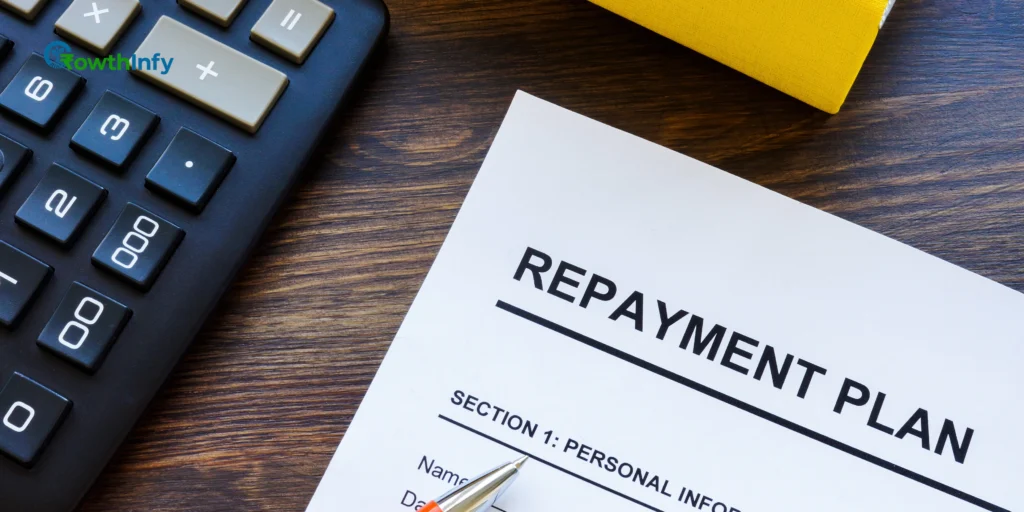
Step 2: Create a Strict Budget
Having a balanced budget is essential to avoid a debt trap in India. To have a clearer picture of your finances, label each expense as either a necessity (example: food and rent), semi-necessary (example: subscription service), and unnecessary (example: eating out, and pampering purchases). After this categorization, aim to cut down the semi-necessary and unnecessary expenses. For example, consider eliminating subscriptions that you do not use or using public transportation instead of taking Grab or Taxis. From here, allocate the money saved to your high-interest debt like credit cards (since you are likely paying more than 30% interest). You could even use a tool like a budgeting application to keep track of your expenses more easily.
For more budgeting tips, check out Growthinfy’s guide on Zero-based budgeting (ZBB).
Step 3: Prioritize High-Interest Debts
Some debts carry more weight than others. Prioritize the high-cost debts, whether credit card debt or a personal loan with an interest rate over 15%, since interest is accruing. After higher cost debts have been eliminated, you can use the debt snowball method, which entails paying off your smaller debts first in order to provide quick wins, while the debt avalanche method is for people who want to tackle their high-cost debts first to abound on paying interest. For example, paying off a 36% interest credit card debt of ₹1 lakh is going to provide you more savings and relief than a home loan at 8.5% interest. Do not start off debts with a minimum payment. The minimum payment structure will create a cycle.
Step 4: Explore Debt Consolidation
Debt consolidation helps make loan repayment a little easier by combining multiple loans, and more importantly, debt consolidation allows you to consolidate loans into one, while lowering your rate. In India, there are personal loans for debt consolidation (i.e. banks that offer personal loans including HDFC or IDFC first) which can take around 20-25% off your EMIs. If you had a credit card loan of ₹5 lakh and a personal loan of ₹3 lakh at a rate of 12%, repaying them in two loans is a no-brainer. The monthly payments would be substantially lower if you consolidated the loans into one. Make sure you are comfortable with the new loan, and that you do not incur any new debt while in the repayment of the loan.
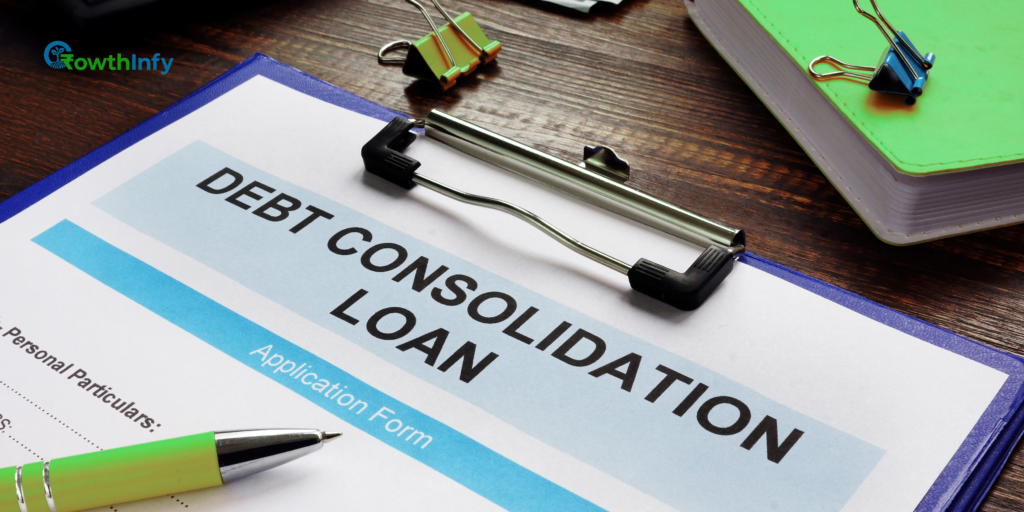
Step 5: Negotiate with Lenders
Numerous Indian banks and NBFCs are open to renegotiate terms on loans to facilitate repayment. Reach out to your lender and either extend the loan tenure which will cut down the EMI every month, or negotiate with them for lower interest if you have a positive repayment history. For example, if you extend a ₹10 lakh personal loan from 5 to 7 years of tenure, you can reduce your EMI per month even if you increase total interest. Debt settlement companies like Settle Loan will work on your behalf to negotiate your payments to lower EMIs or settle your payments.
Step 6: Avoid New Debt
A key step to overcome a debt trap is to stop borrowing. Do not take out new loans to pay for EMIs; do not use your credit card to purchase anything that you do not need. Start an emergency fund—aim for a minimum of ₹10,000 and up to 3-6 months of expenses—to avoid it becoming necessary to rely on credit to deal with additional costs that come from emergencies (there may not always be an expense like an unexpected medical scenario). By living within your means you can break the cycle of debt.
For insights on building an emergency fund, visit Growthinfy’s savings strategies.
Step 7: Increase Your Income
Increasing income will help you pay down debt faster. Think about one of these options: freelancing, part-time jobs or at-home teaching. Freelancing, part-time jobs, and online teaching are increasing in popularity in India. For example, if you are an IT professional earning ₹50,000, and you can make an additional ₹10,000 using freelance coding, you can direct that money straight to the debt. If you complete courses on online learning platforms, such as Coursera for example, that expand your skillset and add value to your career, it may potentially increase your salary. And less money stress is a good thing.
Step 8: Seek Professional Help
If you feel overwhelmed with the debt you owe, a financial counselor or debt relief agency can help. Agencies, such as Single Debt or Freed in India, have debt management programs where they consolidate your EMIs into reasonable monthly payments as well as shield you from further harassment from creditors. They can also work on your behalf to settle for a reduced rate. All of this with the help of a modest fee of under $200. Make sure you look out for high-fee services, and make sure to confirm the legitimacy of any debt relief agency using the guidelines created by the Reserve Bank of India or through customer reviews.

Step 9: Build Financial Literacy
When it comes to an ill-informed understanding of finance, we usually become victims to debt traps. So, educate yourself about the terms of loans, interest rates, and your spending habits. You can attend money management skill workshops or learn from an online financial literacy portal such as RBI‘s financial education portal. From good debt (home loans) to bad debt (credit card dues), knowing the difference will allow you to make informed decisions. And if you review your financial plan regularly, you‘ll be able to manage your debt levels accordingly.
Step 10: Stay Disciplined and Patient
Getting out of a debt trap in India takes perseverance; therefore, you should celebrate small successes such as clearing your credit card balance. Recognize that lifestyle inflation can derail your ability to pay down debt rapidly—the last thing you’d want is for your expenses to go up each time your salary increases. Hence, be steady with your minimum monthly payments and utilize whatever income is left over for the purpose of paying down debt rather than increasing how much you spend. If you adopt the right strategy you’ll be able to pay off a ₹10 lakh debt with committed effort applied over 2-3 years.
Common Causes of Debt Traps in India
- High-Interest Loans: Personal loans and credit cards above 15% quickly compound debt.
- Lifestyle Spending: Loans (₹20-30 lakh) were taken out to pay for weddings or to buy lifestyle products, limiting opportunities for many young Indians. –
- Emergencies: Not setting aside $$ for medical emergencies or loss of a job will lead to borrowing.
- Multiple Loans: When it is challenging to pay your EMIs, like in the case where EMIs take up more than 50% of their salary, teaching them responsibility with their income and expense profile was most daunting.
Red Flags to Watch For
- EMIs exceeding 40% of income.
- Maxed-out credit cards or reliance on minimum payments.
- Borrowing to pay daily expenses.
- Constant financial stress or creditor harassment.
Legal Options as a Last Resort
The Insolvency and Bankruptcy Code (IBC) in India provides a framework for resolution in severe cases. Bankrupting a corporation should be the last option because it affects credit scores. Consult with a legal advisor before going this route, as it will affect your future borrowing for 7 years.

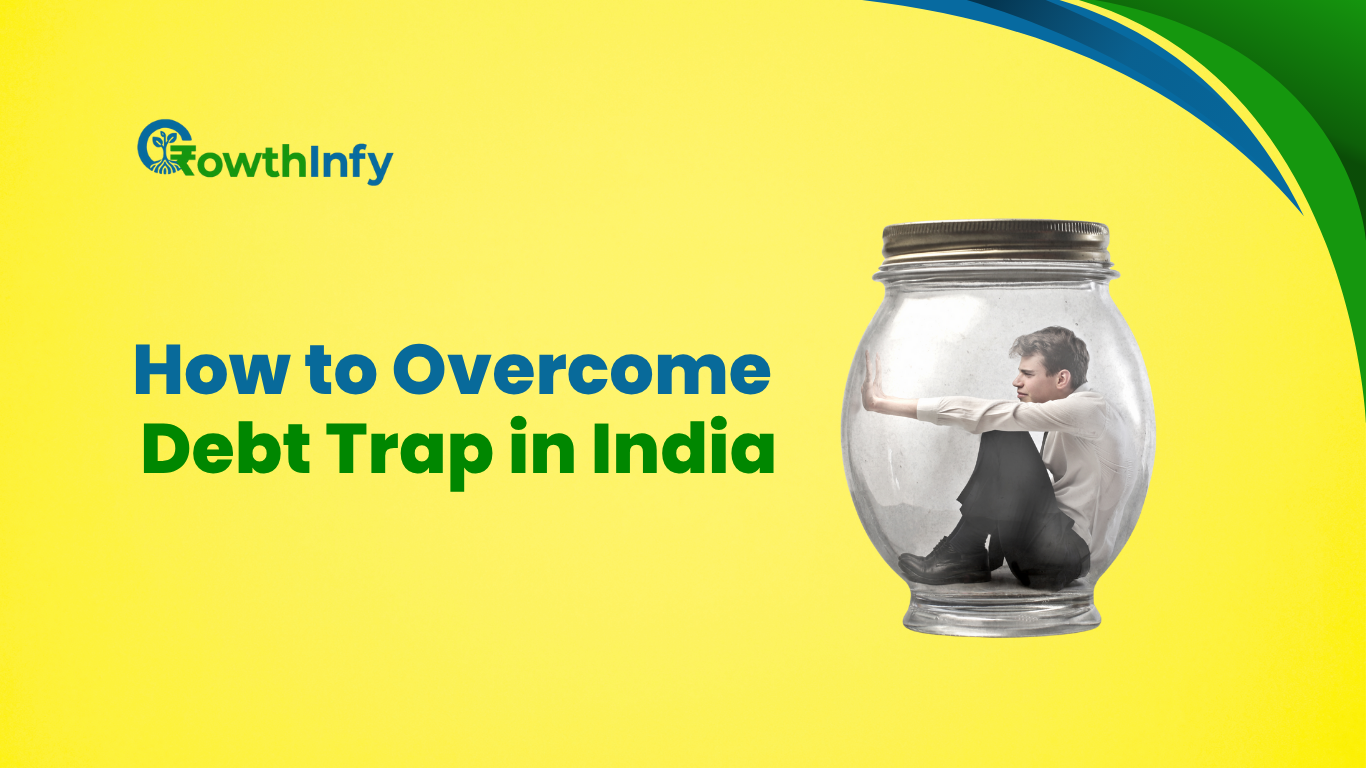
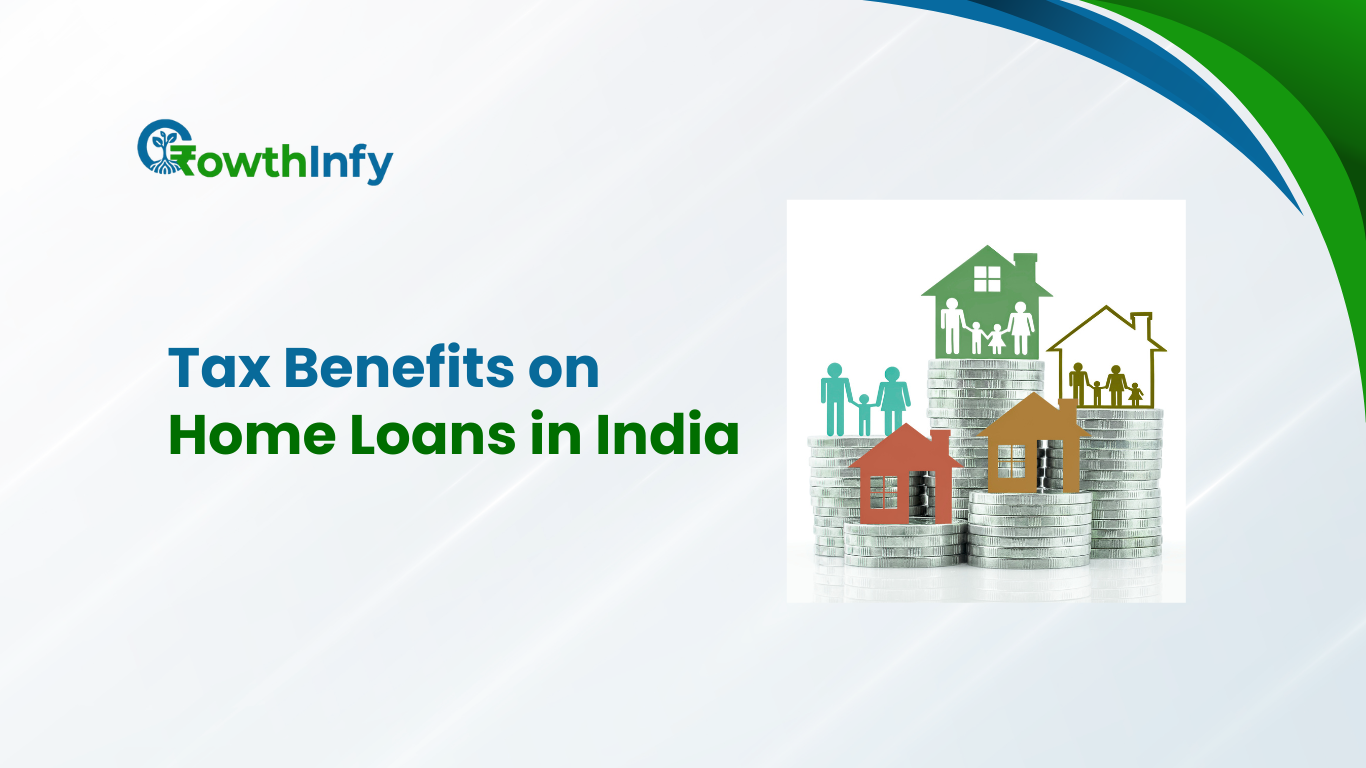
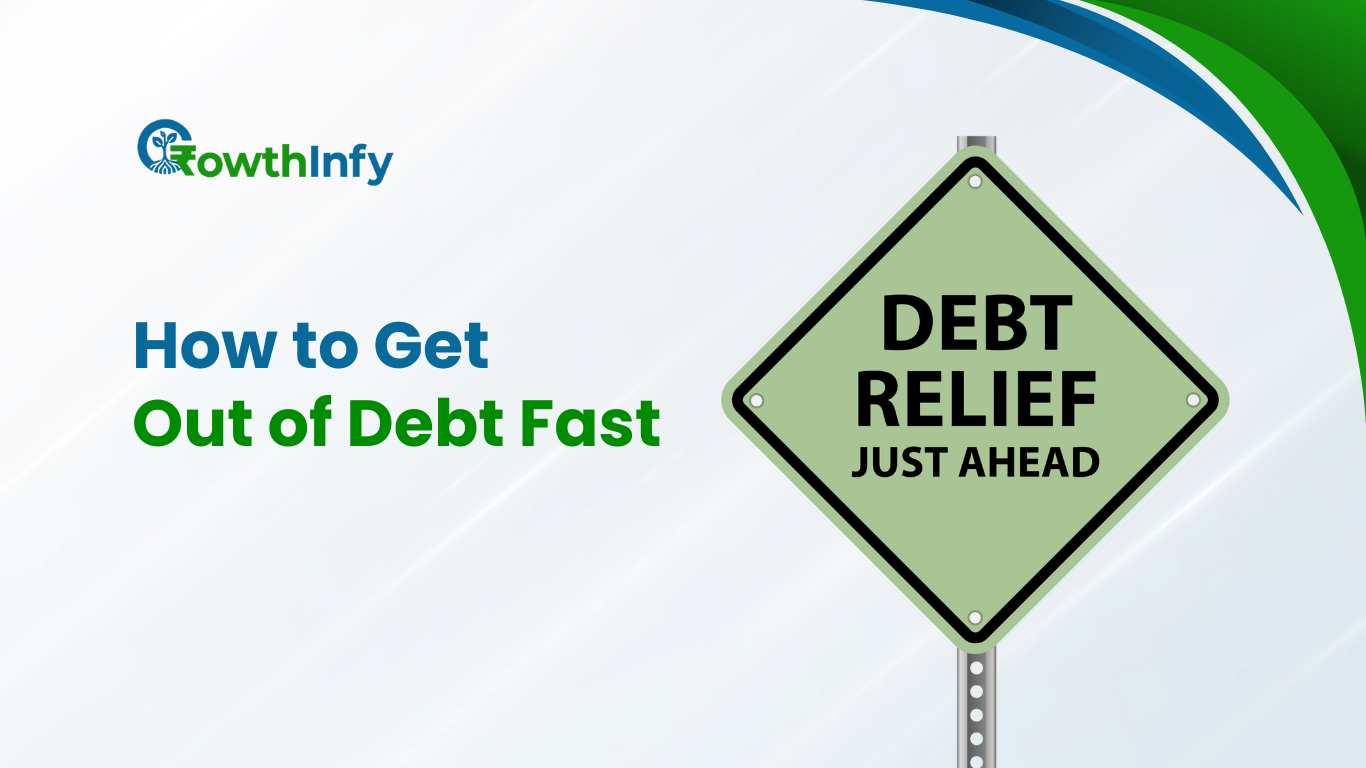
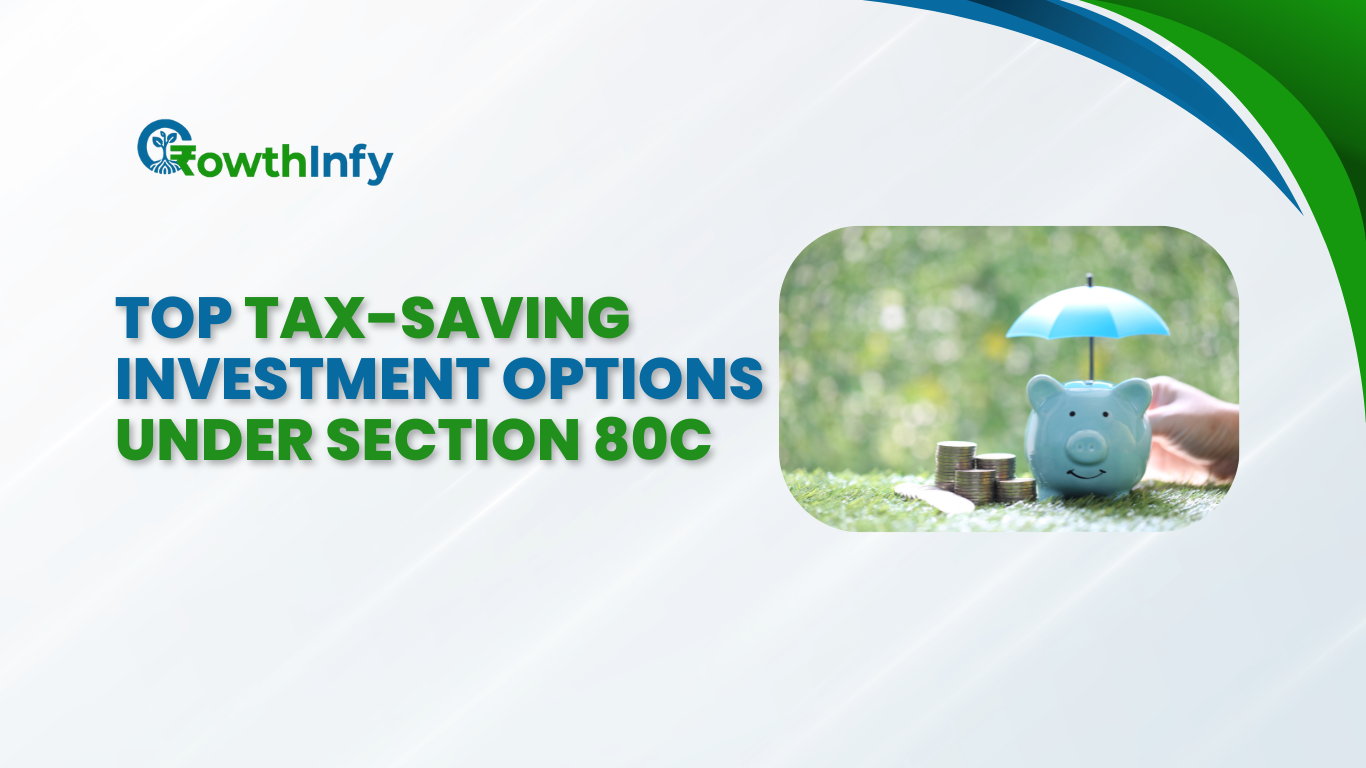
I have been browsing online more than three
hours nowadays, but I by no means found any interesting article like yours.
It is beautiful worth sufficient for me.
In my opinion, if all webmasters and bloggers made just right content material as
you did, the internet will likely be much more useful than ever before.